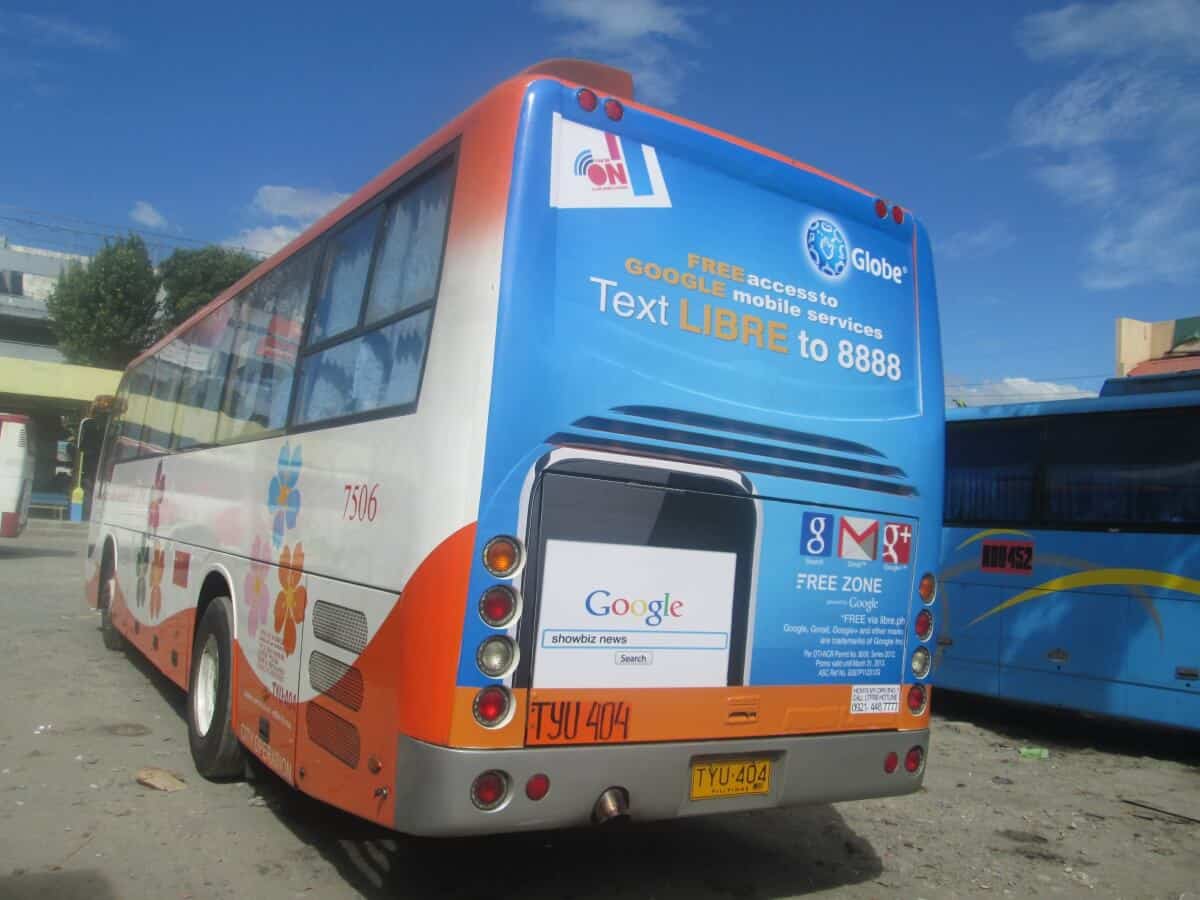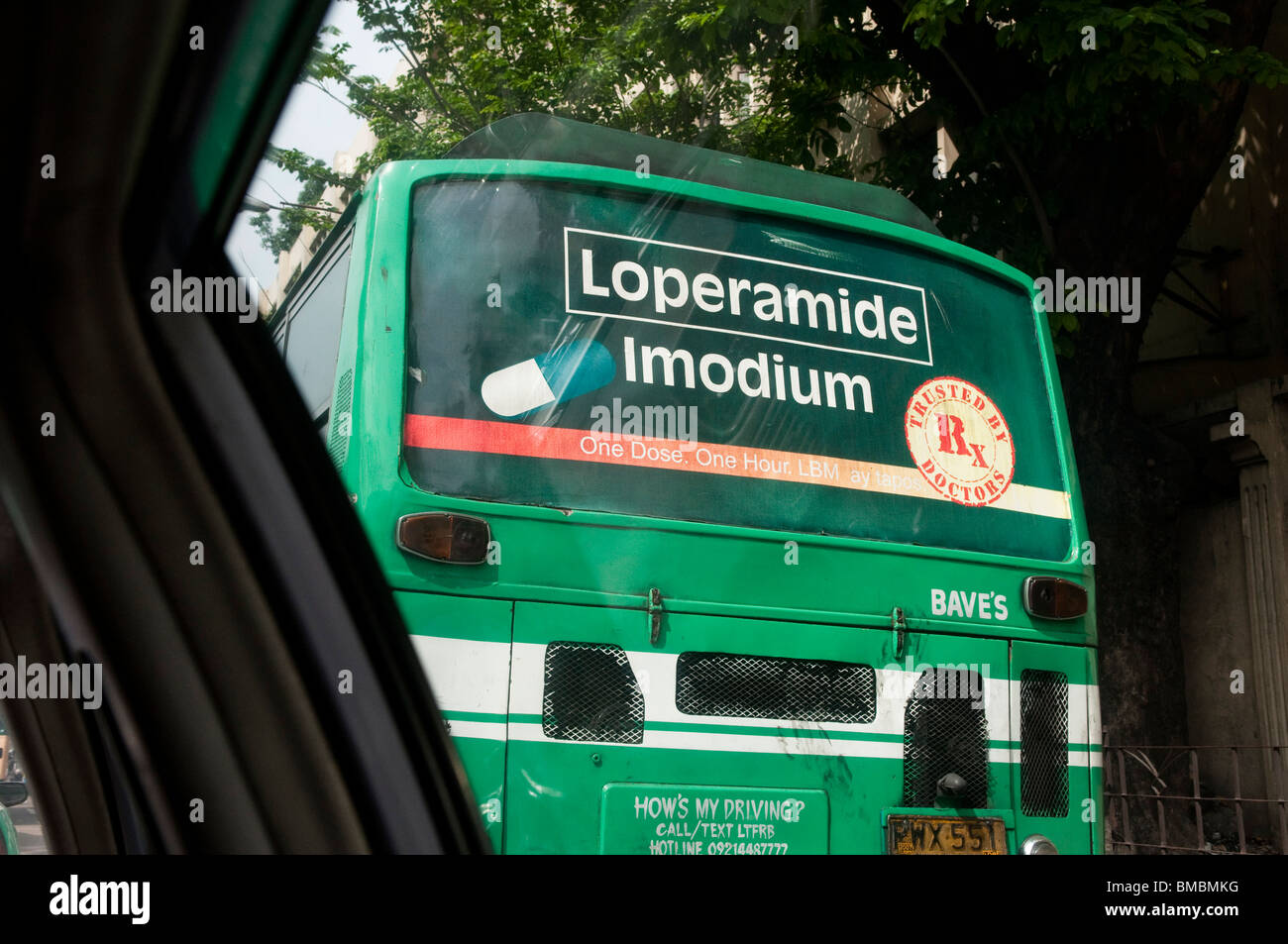Transit Advertising Philippines for Unmatched Brand Presence
Transit Advertising Philippines for Unmatched Brand Presence
Blog Article
Comprehending the Duty of Transportation Advertising And Marketing in Enhancing Brand Presence and Consumer Involvement
Transit marketing has arised as a critical component in the advertising landscape, supplying distinct opportunities for brand names to elevate their exposure and involve consumers properly. With the ability to get to a restricted and diverse target market throughout their daily commutes, these advertising and marketing techniques are not just about exposure; they are concerning creating significant links with possible customers. As we check out the multifaceted advantages and cutting-edge approaches within transportation advertising and marketing, it becomes important to take into consideration exactly how these components collectively affect consumer understanding and behavior, questioning concerning their long-lasting impact on brand name loyalty.
Meaning of Transportation Advertising And Marketing
Transit marketing describes the technique of promoting items, services, or brand names via advertisements positioned in and around mass transit systems. This form of marketing encompasses a variety of positionings, consisting of posters on trains and buses, electronic displays at transportation terminals, and wraps on the outside of vehicles. It aims to reach a diverse audience, maximizing the high foot website traffic linked with public transportation.
Transportation advertising is tactically placed to record the focus of commuters, that commonly spend considerable time waiting or traveling. By integrating ads right into the daily regimens of people, brands can produce a long-term impression and foster brand name acknowledgment. The medium is especially efficient in metropolitan environments, where mass transit is a key setting of travel.
Furthermore, transit advertising and marketing can promote localized targeting, allowing companies to get to particular demographics based upon transit courses and station areas. As city populaces grow and making use of public transport boosts, this advertising approach has gained importance as a vital element of incorporated advertising approaches. The dynamic nature of transportation advertising, incorporated with its ability to involve customers in a captive atmosphere, emphasizes its relevance in modern advertising methods.
Advantages of Transit Marketing
The performance of transit marketing exists in its ability to provide a plethora of benefits to brands seeking to boost exposure and involvement. One of the main benefits is the considerable reach it offers; transportation ads can efficiently target varied demographics across metropolitan areas, reaching both commuters and pedestrians alike. This wide direct exposure significantly increases brand understanding.
An additional advantage is the high frequency of impressions. As transit cars travel along well established courses and quit at multiple locations, they create repetitive exposure that reinforces brand messages. This frequency promotes experience, which is critical in customer decision-making.
Transportation advertising and marketing is additionally cost-efficient compared to other media platforms. Provided its expansive reach and potential for high impressions, brand names often experience a reduced expense per thousand perceptions (CPM), maximizing their marketing budget.
Moreover, transportation advertisements can develop a feeling of neighborhood connection. By aligning with local transportation systems, brand names can reverberate with regional audiences and cultivate a feeling of local satisfaction. This local approach boosts brand name commitment and involvement, making transportation advertising and marketing an engaging selection for organizations aiming to strengthen their visibility out there.

Effective Methods for Transportation Campaigns
To make the most of the impact of transit projects, brand names need to utilize calculated planning and execution customized to why not look here their target audience. Initially, recognizing the demographic attributes of the audience making use of public transportation is critical. This allows brands to create customized messaging that resonates with possible clients.
Next, choosing the ideal transportation mediums is necessary. Whether using bus covers, metro posters, or digital displays, each medium has unique advantages that can boost presence. As an example, dynamic visuals on bus wraps can stand out, while electronic advertisements can be updated frequently to show prompt promotions.
Furthermore, incorporating a natural branding technique across transit systems ensures consistency and enhances the brand's identification. Using remarkable taglines and distinctive styles will enhance brand name recall amongst commuters.
Lastly, timing is a vital consider implementing effective transit projects. Releasing campaigns throughout optimal traveling hours or neighborhood occasions can dramatically increase visibility and engagement. By using these methods, brands can successfully harness the potential of transit advertising, cultivating greater awareness and link with their target audience. Ultimately, a well-executed transportation campaign can drive considerable development in brand name exposure and consumer engagement.

Determining Influence and Involvement
In examining the efficiency of transportation marketing projects, exact dimension of influence and engagement is essential for brands looking for to enhance their advertising methods. Metrics such as reach, frequency, and impressions give fundamental information to evaluate exposure. Examining these aspects helps identify the amount of possible consumers are exposed to the ads throughout their everyday commutes.
Involvement can be more determined through customer interactions, such as internet site web traffic, social media sites states, and direct feedbacks to calls-to-action included in the ads. Making use of tools like QR codes or unique Links can facilitate monitoring of customer behavior straight connected to transit projects. Studies and feedback systems also act as beneficial techniques to gather qualitative data on customer perceptions and recall of the promotion.
Furthermore, progressed analytics and acknowledgment designs can correlate transportation direct exposure with succeeding buying habits, providing insights right into the roi. By employing a thorough approach that combines measurable and qualitative procedures, brands can create a nuanced understanding of their transit marketing effect. Inevitably, this data-driven strategy makes it go to my blog possible for brand names to improve their read the full info here projects, guaranteeing they resonate successfully with target audiences and enhance overall brand presence.
Case Researches of Successful Projects
Effective transportation marketing campaign work as engaging examples of how effective techniques can boost brand exposure and engagement. Transit Advertising Philippines. One noteworthy instance is the "I Love New York" project, which changed the city's photo and brought in numerous vacationers. By using metro advertisements, billboards, and bus wraps, the project created a solid, natural brand name identification, leading to a significant uptick in tourist and neighborhood business patronage
Another excellent campaign is Coca-Cola's "Share a Coke" initiative, which leveraged transit advertising and marketing to customize the brand experience. By including prominent names on advertising materials across numerous transit systems, Coca-Cola fostered a deeper psychological link with consumers, urging them to share their experiences on social media sites.
Furthermore, the "Got Milk?" campaign efficiently utilized mass transit ads to reach a wide audience, strengthening the message of the significance of milk in a balanced diet. The project saw a quantifiable increase in milk consumption in target demographics.
These instance researches show that when carried out attentively, transit advertising and marketing can considerably improve brand presence, foster consumer engagement, and drive measurable results, showing its crucial duty in modern-day advertising and marketing strategies. - Transit Advertising Philippines
Conclusion
Finally, transit marketing works as an essential tool for improving brand presence and promoting customer engagement. By using purposefully put ads within public transport systems, brand names can successfully get to diverse audiences and strengthen recognition through constant exposure. The implementation of targeted messaging and innovative strategies additionally amplifies the impact of transportation projects. Inevitably, the ability to gauge involvement and assess effective study highlights the effectiveness of transportation marketing in driving brand commitment and consumer communications.
Transit advertising and marketing has actually arised as a crucial component in the marketing landscape, supplying unique possibilities for brands to boost their visibility and engage customers efficiently.Furthermore, transit advertising can facilitate localized targeting, enabling organizations to get to details demographics based on transportation paths and terminal places.In evaluating the effectiveness of transit advertising projects, precise measurement of influence and interaction is necessary for brands seeking to enhance their advertising strategies.Successful transit advertising projects offer as compelling examples of just how effective techniques can elevate brand name visibility and engagement.In verdict, transportation marketing serves as an essential tool for improving brand name visibility and fostering consumer involvement.
Report this page